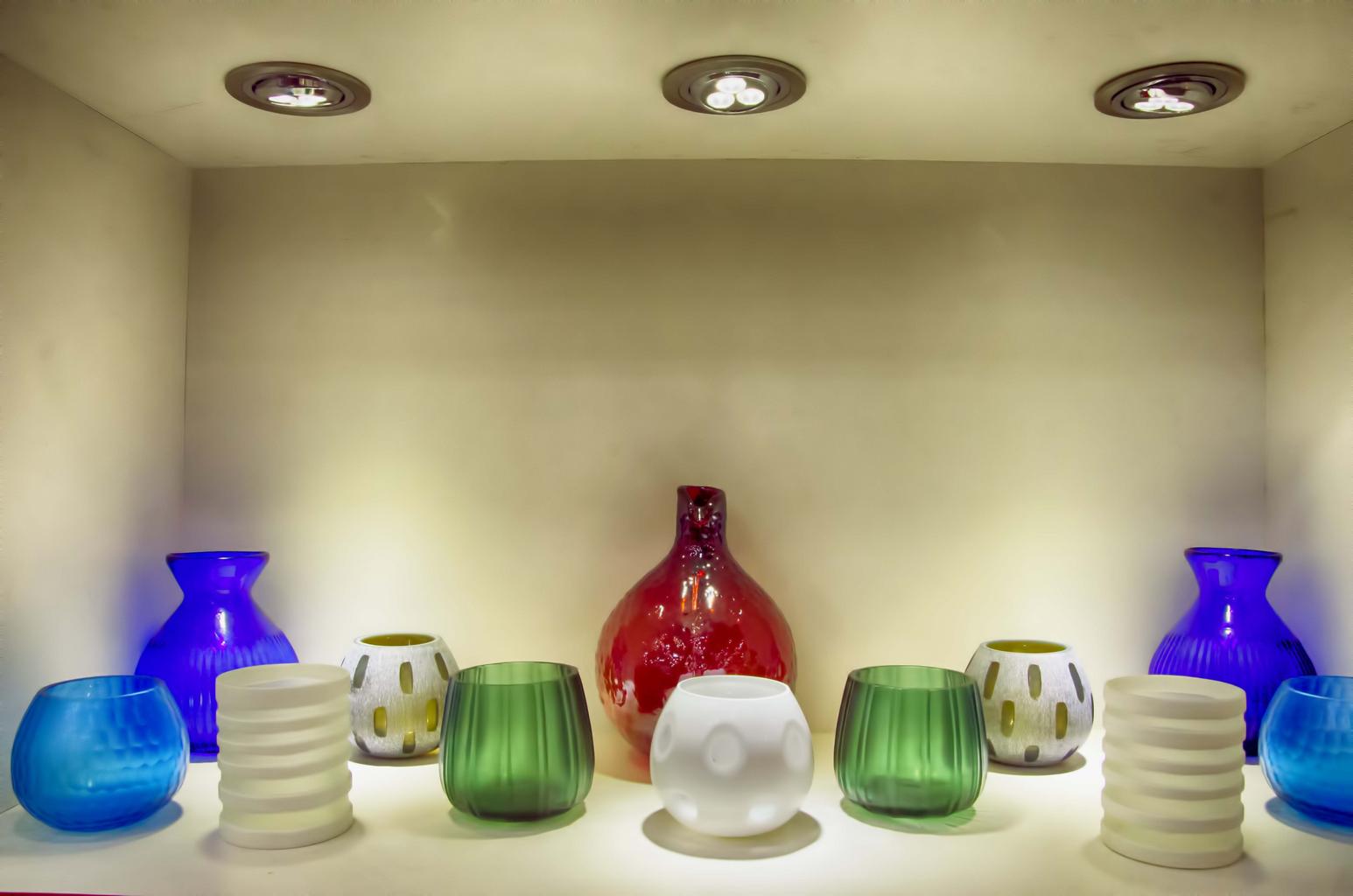Self-portrait photography stands as a powerful medium of expression. It allows individuals to explore their identity, capture emotions, and share their unique perspectives with the world. In this comprehensive article, we will delve into various self-portrait photography techniques, including contemplative photography, aesthetic photo creation, and abstract self-portrait ideas. Whether you're a seasoned photographer or a novice looking to express yourself through art, this guide will offer insights into the essence of you.
The Essence of You: Exploring Self-Portrait Photography Techniques
Self-portrait photography is much more than just taking pictures of yourself; it’s an intimate journey into your psyche. It's about capturing moments that reflect your thoughts, emotions, and experiences in a visual format. This genre invites you to be both the artist and the subject, creating a unique dialogue between your inner self and the external world.
In today's fast-paced society, where social media thrives on curated images and filtered realities, self-portrait photography encourages authenticity. It enables individuals to strip away façades and present their true selves. With techniques ranging from contemplative photos to abstract self-portrait photography, we can explore different facets of our identities.
Understanding Contemplative Photography
What is Contemplative Photography?
Contemplative photography is an approach that emphasizes mindfulness and presence in the moment when capturing images. Unlike traditional photography that may focus on technical perfection or aesthetics alone, contemplative photography invites you to engage deeply with your surroundings.
Principles of Contemplative Photography
Mindfulness: Be present in each moment. Observation: Notice details that might otherwise go unnoticed. Intuition: Trust your instincts when composing an image. Connection: Create a bond between the photographer and the subject.This practice can lead to profound insights about oneself while producing remarkable contemplative photos that resonate with viewers on multiple levels.

Aesthetic Photos to Print
Creating Aesthetic Photos for Home Interiors
When crafting aesthetic photos intended for print or display within rare home interior pictures, consider these elements:
https://rentry.co/5mprqo6d Lighting: Utilize natural light for soft imagery or experiment with shadows for dramatic effects. Composition: Follow the rule of thirds or leading lines to guide the viewer's eye. Color Palette: Choose colors that evoke specific emotions and harmonize with your space.These aesthetic photos wall decor pieces serve as conversation starters while reflecting personal style and taste.
Self Expression Through Self Portrait Photography
Why Self Expression Matters in Art Photography?
Self-expression through art has always been pivotal in understanding oneself better. By exploring themes such as vulnerability or strength through portrait photos, you can convey complex narratives without uttering a single word.
Techniques for Effective Self Expression
Emotional Themes: Select themes that resonate personally—joy, sadness, introspection. Body Language: Use posture and gesture to communicate feelings. Props and Settings: Integrate objects or locations significant to your story.By employing these techniques, self-expression transforms into a visual language that speaks volumes about who we are beneath the surface.
Exploring Abstract Self Portrait Photography
What Makes Abstract Self Portraits Unique?
Abstract self-portrait photography deviates from conventional representations by focusing on shapes, colors, textures, and forms rather than literal likenesses. This technique opens up avenues for creativity where identity itself becomes fluid.
Ideas for Creating Abstract Self Portraits
Silhouettes: Capture outlines against bright backgrounds. Reflections: Use mirrors or water surfaces for layered compositions. Close-ups: Focus on specific body parts like hands or eyes.Each abstract self-portrait tells its own story—often leaving interpretation open-ended for viewers.
Faceless Self Portrait Ideas
Why Choose Faceless Self Portraits?
Faceless portraits invite viewers to connect with emotions rather than identities tied directly to facial features. By omitting facial details, you encourage audiences to project their interpretations onto the artwork.
Tips for Capturing Faceless Self Portraits
Use Creative Angles: Capture images from above or below. Focus on Shadows & Light Play: Allow lighting to become a character in your photograph. Incorporate Textures & Fabrics: Create visual interest without showing your face.These techniques allow you to delve deeper into themes of anonymity while still making strong artistic statements.
Why Do Many Contemporary Printmakers Prefer Linocut Over Woodblock Printing?
Linocut printing has gained traction among contemporary printmakers due primarily due its versatility and ease of use compared to traditional woodblock methods:
| Feature | Linocut | Woodblock | |---------|---------|-----------| | Ease of Carving | Easier | More Difficult | | Cost | Generally Cheaper | More Expensive | | Material Availability | Widely Available | Less Common |
Many artists appreciate linocut's ability to produce clean lines while allowing room for creative experimentation—making it ideal for conveying unique artistic visions in print form.
Capturing Emotion Through Color in Portrait Photos
Color plays an essential role in setting emotional tones within portrait photographs:
Warm Colors: Evoke feelings of warmth and happiness (e.g., reds & yellows). Cool Colors: Convey calmness or sadness (e.g., blues & greens). Monochrome Schemes: Can symbolize nostalgia or introspection effectively.By understanding how color influences perception within portraits—including your own—you enhance storytelling capabilities inherent within self-portraiture practices.
FAQs Section
Here are some frequently asked questions regarding self-portrait photography:
1) What equipment do I need for effective self-portraits?
You don’t need fancy gear! A smartphone camera works well enough when combined with good lighting conditions and thoughtful composition techniques.
2) How do I overcome shyness when photographing myself?
Start small by practicing at home alone before sharing publicly; this builds confidence over time!

3) Can I use props during my self-portraits?
Absolutely! Props can help tell stories about interests/hobbies while enhancing visual appeal too!
4) What's an easy way to create mood in my photos?
Experimenting with lighting—natural vs artificial—can dramatically change moods captured!
5) Should I edit my selfies before posting them online?
Editing helps enhance features but aim not solely rely on filters; authenticity matters most!
6) How often should I practice taking self-portraits?
Regular practice cultivates improvement; aim for weekly sessions focused either purely technically-oriented/creatively-driven projects!
Conclusion
In exploring "The Essence of You: Exploring Self-Portrait Photography Techniques," we've uncovered layers upon layers surrounding this captivating art form—from contemplative approaches designed around mindfulness down towards experimental abstracts challenging traditional norms!
Whether dabbling into faceless portraits or creating aesthetic prints meant gracing walls within rare home interiors—the possibilities remain endless! Each photo encapsulates snippets our experiences shaped through lens perspectives shared across communities around globe today—and every click offers opportunity discover oneself anew amidst vibrant tapestry life unfolds daily!
Remember that every photograph is not just an image but also a reflection—a gateway providing deeper insight into who we are ultimately becoming as individuals walking through world together!